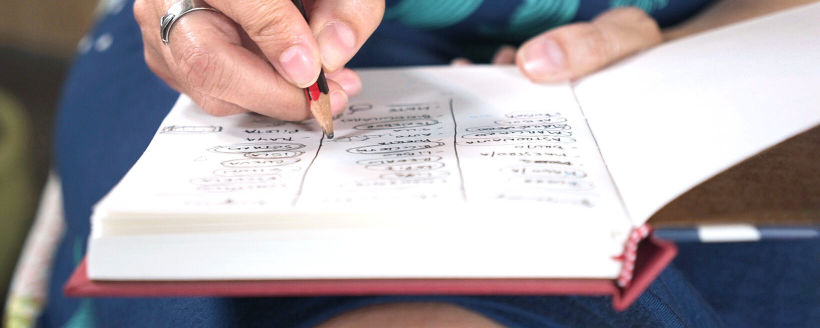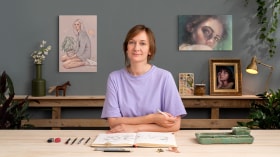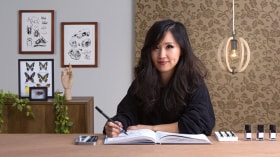What is Creative Block and How to Overcome It?
Learn more about creative block with useful advice from experts
Even the most creative of minds and the most experienced professionals will, at some point, fall victim to creative block. It’s that feeling that you’ve run out of ideas, you’re incapable of producing work, or that you are unable to access your creativity. Creative block affects musicians and painters as much as it can affect writers and photographers, or anyone else putting out creative work.
If we’re not careful, a creative block can result in a catch-22: feeling uninspired and unable to create can negatively impact one's self-confidence, which causes the person to feel even less inspired and less able to create. As Sylvia Plath famously said, “The worst enemy to creativity is self-doubt.” Therefore, it’s important to familiarize oneself with the different tools and techniques available that will help you to combat your fear and get your creative juices flowing. In this blog post, several of Domestika's teachers–from professional writers to top photographers–share their advice.
Practice, practice, and more practice
Scriptwriter, storyteller, and teacher Alberto Chimal (@albertochimal) says that the best way to overcome a creative block is “practice, practice, and more practice.” If you’re lacking original ideas, pay attention to the world around you and something is sure to spark your imagination. “Inspiration never comes quickly nor when you’re sat at your desk. It could be an anecdote you hear or a news story. It could be a place you discover or an attractive scene you happen across.”
Turn your quest for inspiration into a game!
Natalia Méndez (@natumendez) edits children’s books. Whenever she’s experiencing a lull in productivity, she turns to creating games that will spark ideas! She recommends creating dice and decorating each of their sides with ideas or concepts. Whenever you’re stuck, roll your dice and let chance decide who or what will be the subject of your next artwork or story, what themes it will touch on, and what conflicts will need to be resolved.

Use your memories
Designer and illustrator Violeta Hernández (@soyvioleta) suggests drawing from your imagination. In other words, creating from what you remember, such as the feelings an animal or a bunch of flowers have conjured up in the past. Don’t be afraid to challenge the picture you have in your head. The most interesting part of this journey is you finding your own visual language, independently of whether it changes the common characteristics of a plant or animal. So, distort what you have in your memory and be prepared to exaggerate it. Color will also become a key element for injecting personality into your work.
Don’t be a perfectionist
Don’t be afraid to make mistakes. As Salvador Dali once said, “Have no fear of perfection, you will never reach it.” Illustrator and designer Cecy Meade (@cecymeade) recommends using a pen instead of a pencil when doodling, sketching, or writing down ideas, so that you can’t erase what you put down on paper. This way, you won’t be able to correct any “mistakes.” Later you’ll likely discover that they help you to find new creative pathways.
Try these prompts
On days where you just don’t know what to draw, a drawing prompt can help break the spell. Prompts are random ideas and concepts that encourage you to put pen or pencil to paper (or stylus to screen) and can even push you to try new styles. Illustrator Mattias Adolfsson (@mattiasadolfsson) proposes trying out his list of prompts in your sketchbook.
-a polite jellyfish
-a modern cave painting
-interior from a car
-aliens eating breakfast
-draw your hands drawing
-a Robot in love
-some power cords
-self-portrait from behind
-a dream factory
-a Police prancing
-people dancing
-your favorite shoes
-some balloons
-10 twigs
-a cool pig

Create a brainstorm
Writer and photographer Dara Scully (@darascully) turns to brainstorming to stimulate ideas for upcoming photo shoots. She jots down concepts and words and later finds connections between them. Dara suggests using some of these prompts while writing:
-Use different colors to write down different types of information.
-Underline key concepts.
-Write a word in a different style if you feel immediately drawn to it.
-Add more notes around the underlined words.
-Ask yourself some questions that will guide you when making decisions later on.
For example: How many people will appear in my photograph? What focal plane do I want to use? Will the model be seated or standing? Will it be an interior or exterior shot?
After completing these exercises, you will find that an image of how the final photograph will look will start to form in your head.
-Continue to make notes of further ideas and details.











0 comments